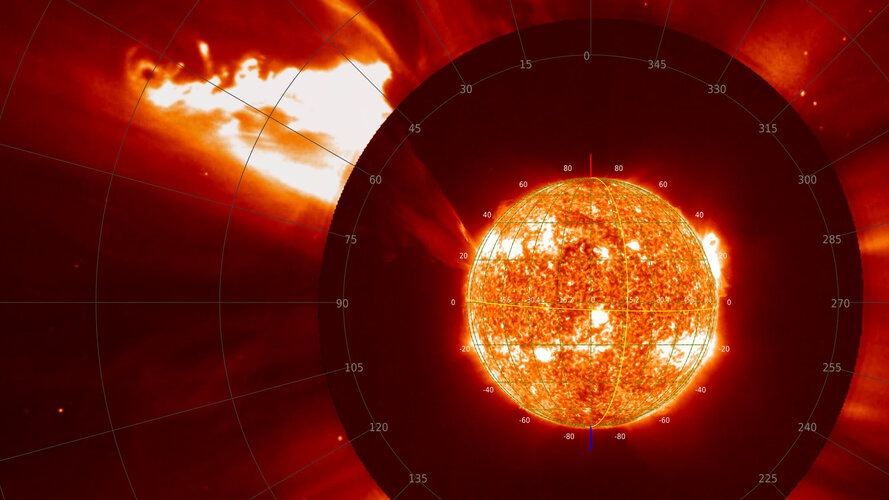

Access the video
Other space missions were also watching the event, including NASA’s Parker Solar Probe. Next week, Solar Orbiter and Parker Solar Probe will perform dedicated joint observations during Parker’s perihelion passage.
Even spacecraft not dedicated to solar science felt its blast – the ESA/JAXA BepiColombo mission, currently in the vicinity of Mercury’s orbit – detected a massive increase in the readings for electrons, protons, and heavy ions with its radiation monitor.
And while this event did not send a blast of deadly particles towards Earth, it is an important reminder of the unpredictable nature of the Sun and the importance of understanding and monitoring its behaviour. Together with ESA’s future dedicated space weather mission Vigil, which will provide unique views of events like these, we can better protect our home planet from the Sun’s violent outbursts.



